Application of aerosol fluorescence spectrum recognition based on deep learning
-
摘要:
空气中的高危病原微生物对人类社会存在着极大威胁,而传统的监测方法无法对空气中的微生物实现准确的识别与分类。因此采用激光诱导荧光技术原理,以单光子探测器为核心器件,设计并搭建了一种高效的荧光光谱仪用于空气中高危病原微生物的识别与分类,并且该光谱仪可以实现对微生物浓度的预测,其对于环境安全具有重要意义。对于该光谱仪采集的数据,探索了以一维向量和二维矩阵2种输入形式来实现荧光光谱的识别与分类,并研究对比了主成分分析网络、卷积神经网络和全卷积网络等深度学习网络的识别与分类效果。实验结果表明以矩阵形式输入的卷积神经网络模型在测试集中识别分类准确率达到98.05%。采用矩阵形式输入的全卷积网络模型在测试集中微生物浓度预测准确率达到98.97%。
Abstract:The high-risk pathogenic microorganisms in the air pose a great threat to human society, but the traditional monitoring methods cannot accurately identify and classify the microorganisms in the air. Therefore, based on the principle of laser-induced fluorescence technology and single photon detector as the core device, an efficient fluorescence spectrometer was designed and built for the identification and classification of high-risk pathogenic microorganisms in the air, and the spectrometer could predict the concentration of microorganisms, which was of great significance to environmental safety. For the data collected by the spectrometer, the two input forms of one-dimensional vector and two-dimensional matrix were used to realize the identification and classification of fluorescence spectra, and the identification and classification effects of deep learning networks such as principal component analysis network, convolutional neural network and full convolutional network were studied and compared. The experimental results show that the identification and classification accuracy of convolutional neural network model with matrix input reaches 98.05% in the test set, and the prediction accuracy of microorganisms concentration of full convolutional network model with matrix input reaches 98.97% in the test set.
-
-
表 1 不同方法对荧光光谱分类的准确率
Table 1 Accuracy of fluorescence spectrum classification by different methods
% 方法 算法网络 输入形式 ACCc ACCv ACCp 深度学习 PCANeta 向量 99.94 84.31 84.13 CNNa 99.56 94.93 94.58 FCNa 97.65 94.03 94.13 PCANetb 矩阵 99.63 96.11 96.61 CNNb 99.91 98.17 98.05 FCNb 97.64 94.97 95.01 机器学习 RF 向量 94.68 87.88 82.01 KNN 94.93 91.06 90.75 SVM 94.96 92.97 92.76 表 2 不同方法对荧光光谱生物成分浓度预测的准确率
Table 2 Accuracy of concentration prediction of biological components in fluorescence spectrum by different methods
% 方法 算法网络 输入形式 ACCc ACCv ACCp 深度学习 PCANet a 向量 95.24 95.67 96.07 CNNa 95.99 96.03 94.07 FCNa 96.73 96.74 96.84 PCANetb 矩阵 97.89 97.99 97.35 CNNb 97.65 96.99 97.03 FCNb 98.97 98.13 97.93 机器学习 LR 向量 94.99 93.86 93.98 RF 93.89 94.87 94.87 PLSR 95.94 94.81 94.91 -
[1] LI Tengfei, LI Song, WANG Yapei, et al. Development of micro spectrometer for iron and steel detection[J]. Applied Optics,2014,35(6):981-986.
[2] GU Yantian. American LEEMANLabs company launched the fourth generation of ICP products[J]. Chemistry,2000,15(6):59-60.
[3] AL P A. New directions: the role of bioaerosols in atmospheric chemistry and physics[J]. Atmospheric Environment,2004,38(8):1231-1232.
[4] GUO Lehui, CHEN Ping, LI Lili, et al. Research progress on key technologies of photomultiplier tubes[J]. Vacuum electronics,2020,347(4):1-13.
[5] JACK R. Abundance of cellular material and proteins in the atmosphere[J]. Science,2005,308(8):73-73.
[6] ZHONG Yuan, LUO Zongnan. The selection of light detector in light source measurement[J]. Chinese Journal of Electron Devices,2003,26(1):95-98.
[7] HO J, DUNCAN S. Estimating aerosol hazards from an anthrax letter[J]. Journal of Aerosol Science,2005,36(5-6):701-719.
[8] LEE N, HUI D, WU A, et al. A major outbreak of severe acute respiratory syndrome in Hong Kong[J]. New England Journal of Medicine,2003,348(20):1986-1994.
[9] DESPRES V, HUFFMAN J A, BURROW S M, et al. Primary biological aerosol particles in the atmosphere: a review[J]. Chemical and Physical Meteorology,2012,64(1):15598.
[10] HU Zhende, GUAN Yihua, XIE Jianjun, et al. Development of a weak fluorescence detector based on lock-in amplification[J]. Wireless communication technology,2021,30(2):50-55.
[11] JU Hui. Research on miniaturization of spectrometer used in biochemical analysis[D]. Beijing: Academia Sinica, P. R. China, 2002.
[12] YOU Zezhang, WANG Xianpei, TIAN Meng, et al. Design of optical system of miniature wide-band spectro-meter[J]. Applied Optics,2017,38(5):740-745.
[13] XIA Guo. Design optimization and application of wideband micro-spectrometer[D]. Hangzhou: Zhejiang University, 2013.
[14] SUN J, ARIYA P A. Atmospheric organic and bio-aerosols as cloud condensation nuclei (CCN): A review[J]. Atmospheric Environment,2006,40(5):795-820.
[15] BAUER H, GIEBL H, HITZEN R, et al. Airborne bacteria as cloud condensation nuclei[J]. Journal of Geophysical Research:Atmospheres,2003,108(21):1192-1200.
[16] FRANC G D, DEMOTT P J. Cloud activation characteristics of airborne erwinia carotovora cells[J]. Journal of Applied Meteorology,1998,37(10):1293-1300.
[17] CHEN Faguo, HAN Yi, YU Weiyue, et al. The application status and prospect of silicon photomultiplier in dose measurement[J]. Nuclear Electronics & Detection Tech-nology,2016,36(1):82-86.
[18] CHENG Y F, DOVICHI N J. Subattomole amino acid analysis by capillary zone electrophoresis and laser-induced fluorescence[J]. Science,1988,242(48):562-564.
[19] KUANG Ye. Research on quantum signal detection technology based on silicon photomultiplier[J]. Science and Technology Innovation Herald,2019,16(28):153-155.
[20] GONG Xingzhi. Design and application system of wide band micro spectrometer[D]. Hangzhou: Zhejiang University, 2013.
-
期刊类型引用(1)
1. 王忠东,张云刚,张亮敬,吴柳强. 基于深度学习的石油污染物三维荧光光谱识别技术研究. 激光与光电子学进展. 2023(15): 386-395 .  百度学术
百度学术
其他类型引用(2)



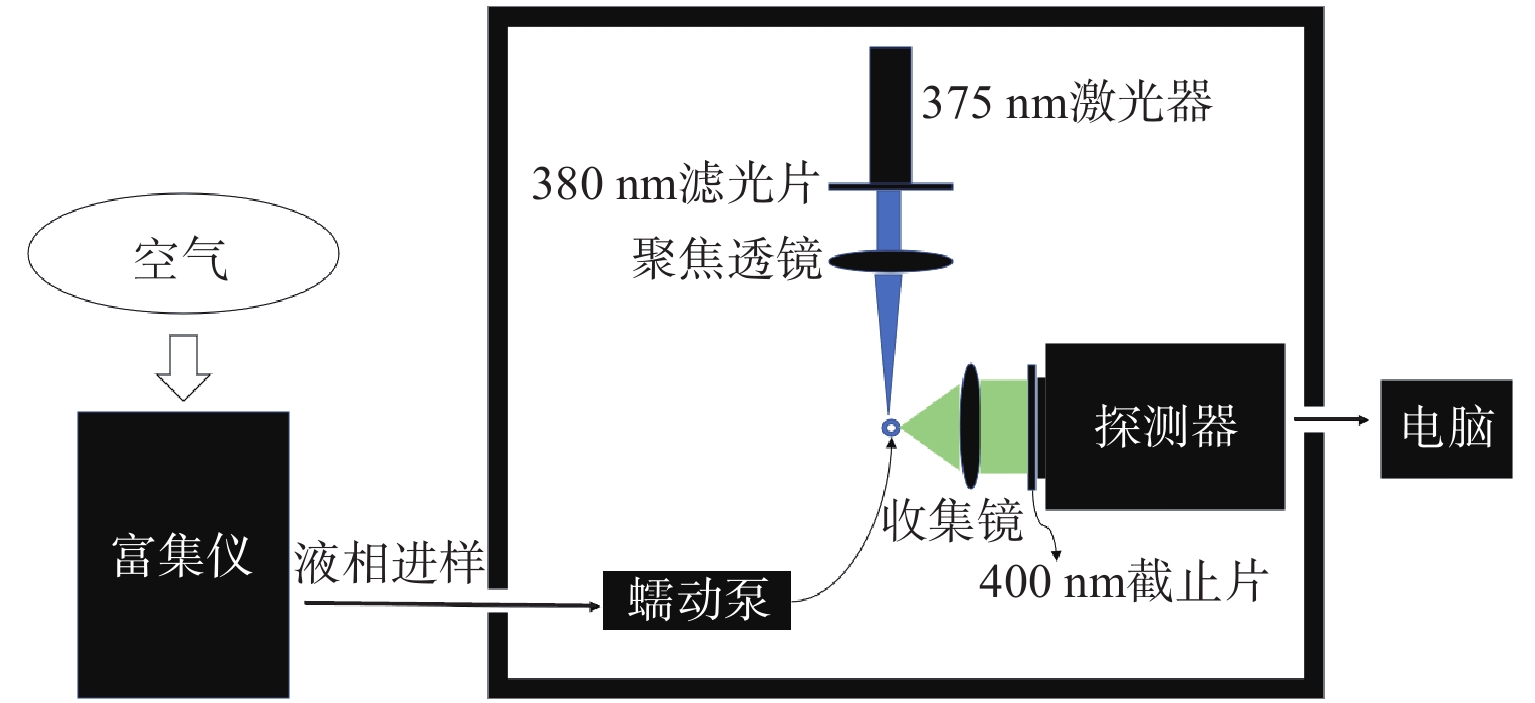
 下载:
下载:
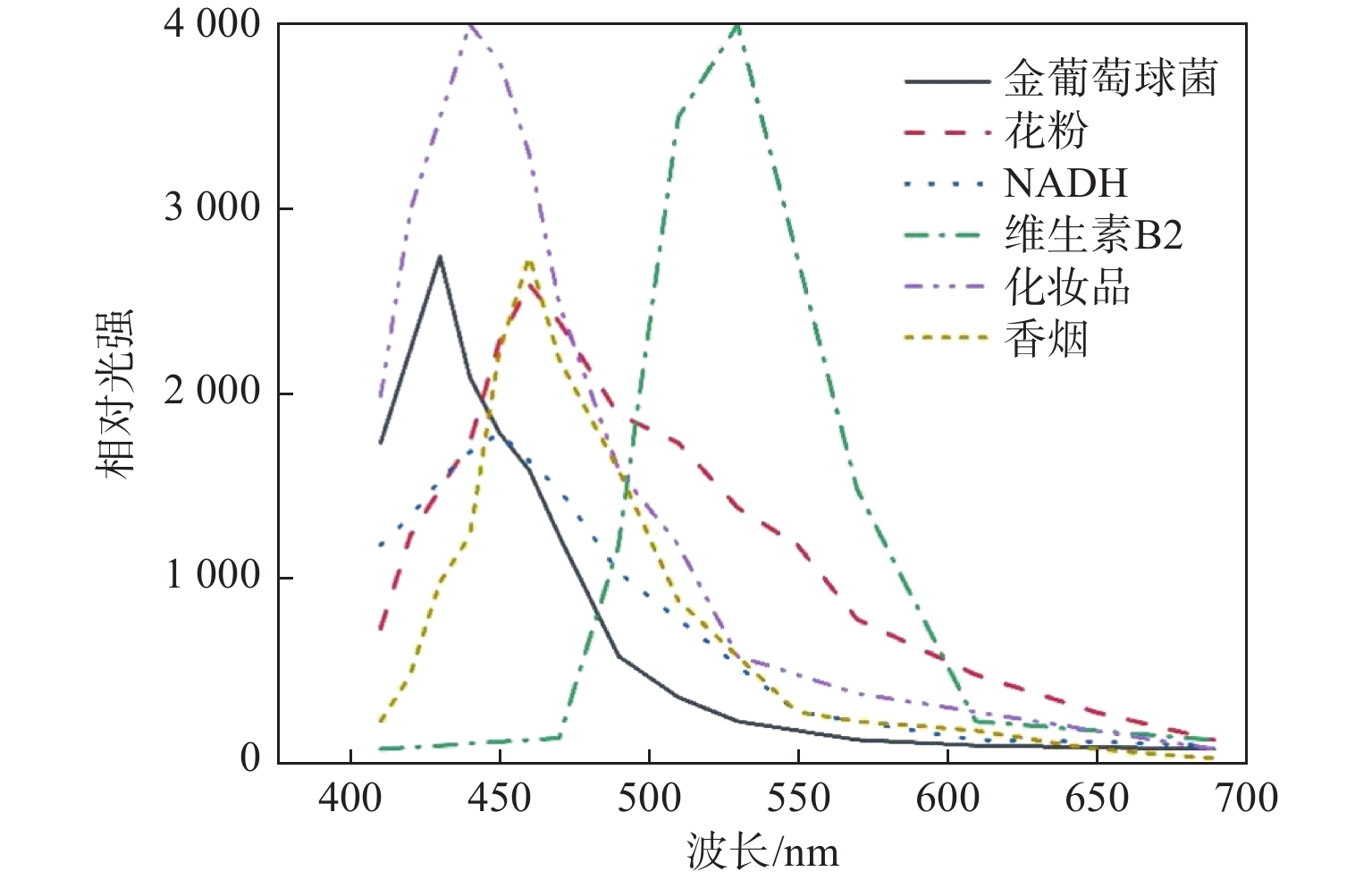
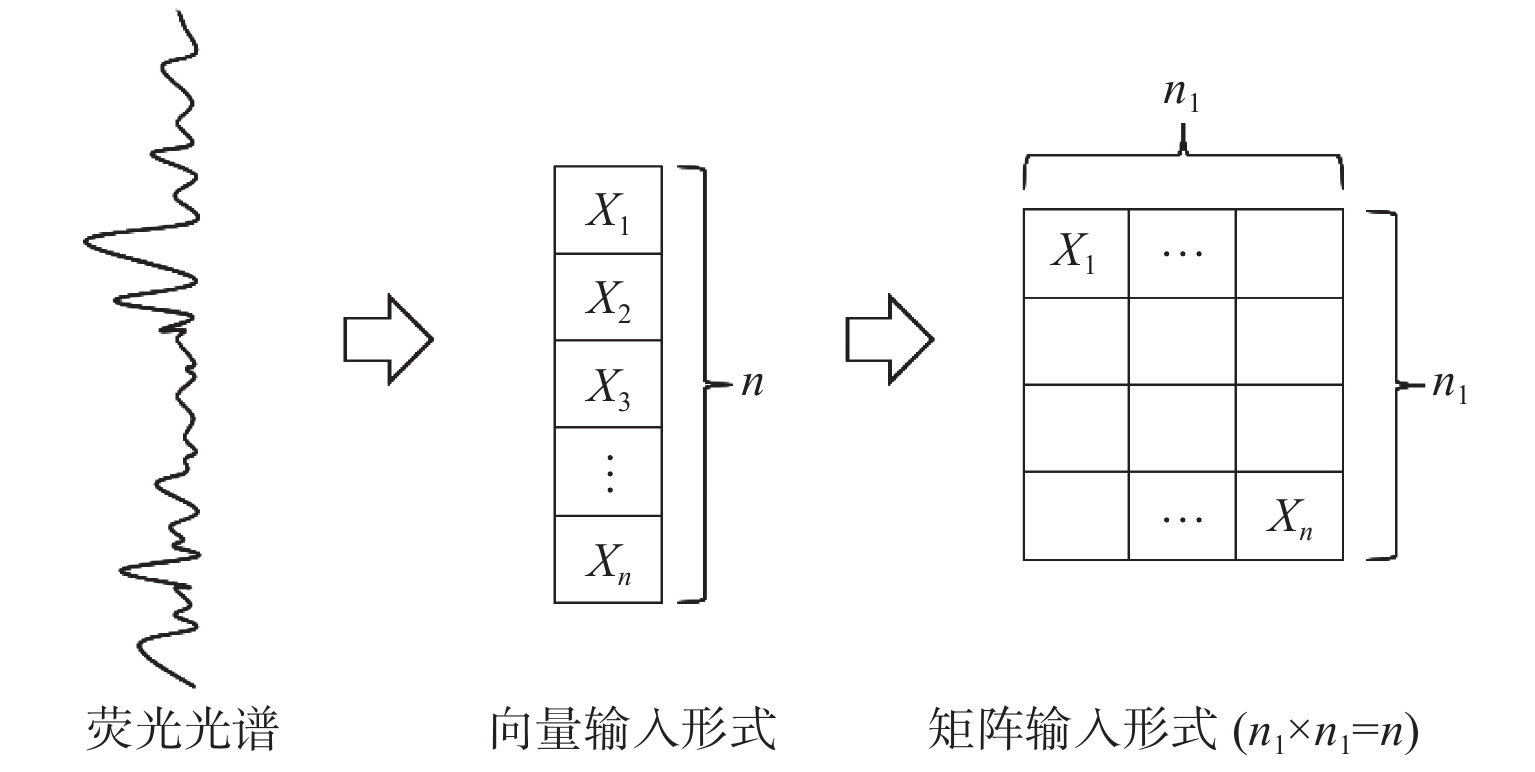



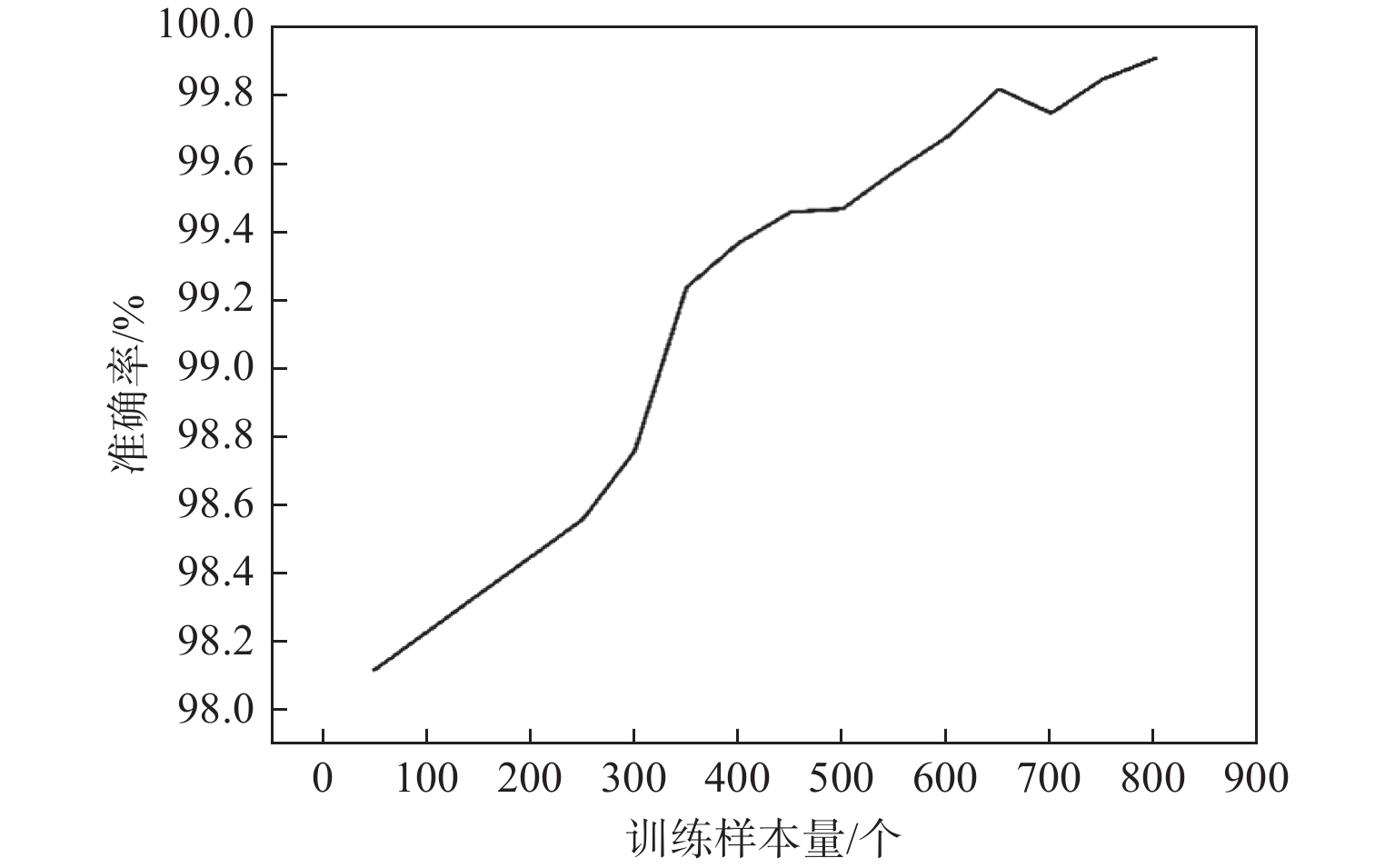
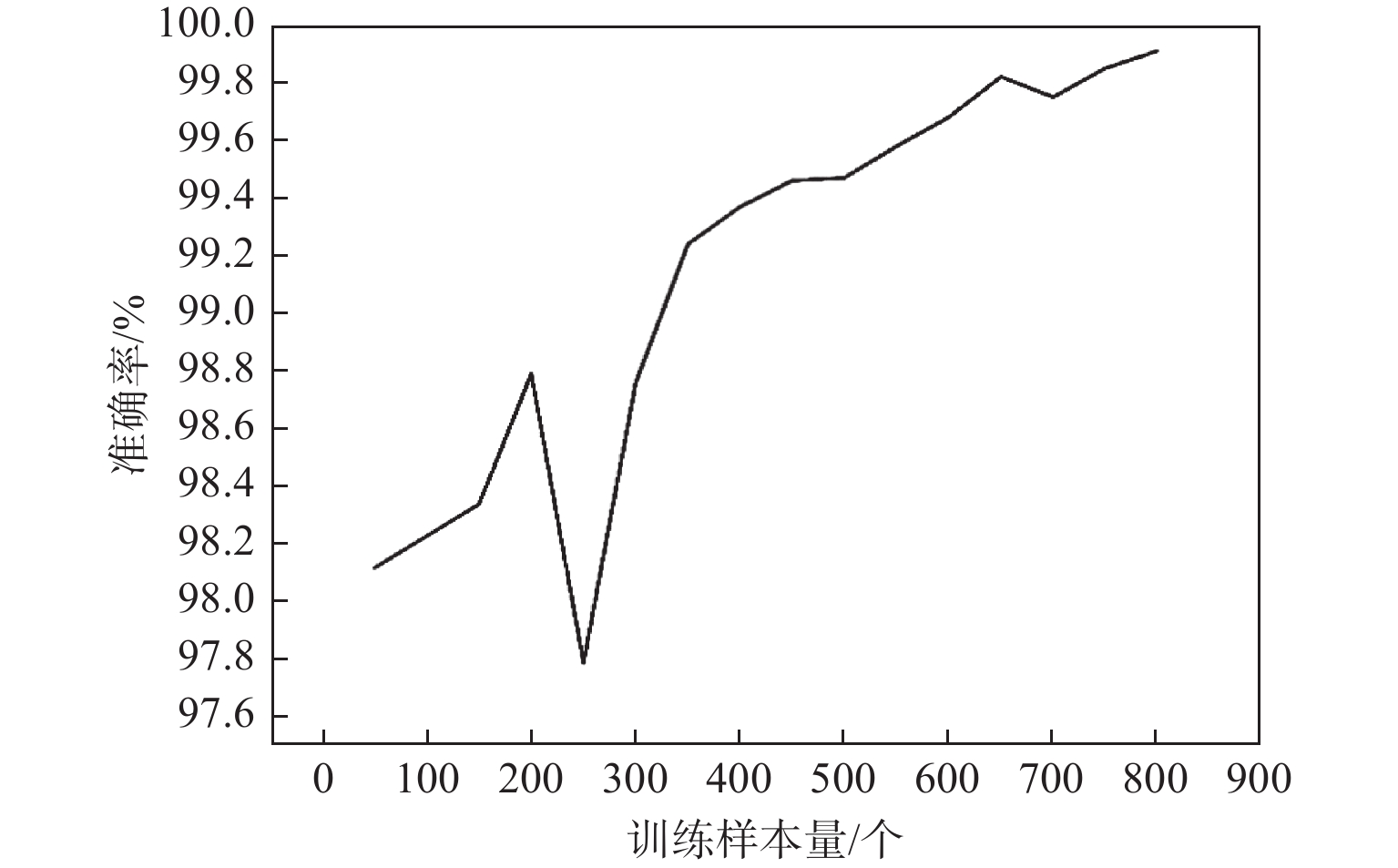

 陕公网安备 61011302001501号
陕公网安备 61011302001501号 